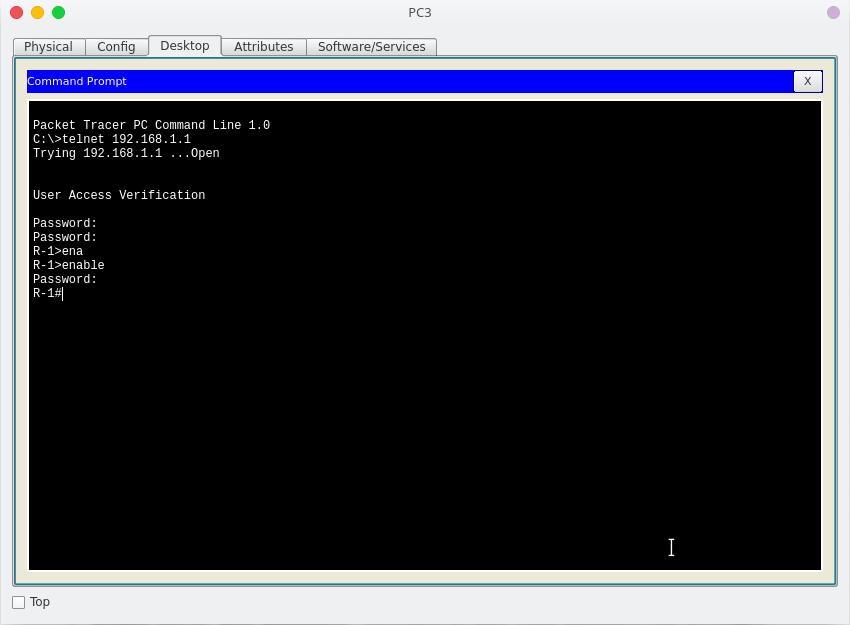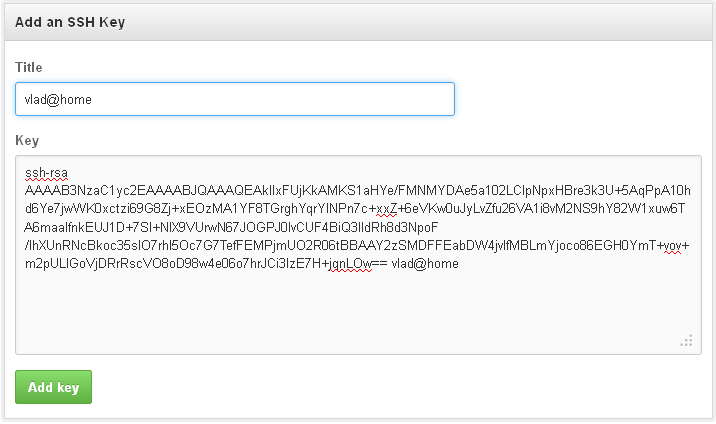Execute command and response result for an array Response,Error $ssh-cmd ($command) scpsend. Send file via SCP Protocol. $client-scpsend ($localfile,$remotefile,$createmode = 644) scprecv. Receive file via SCP Protocol. Bitvise is one of the few SSH clients that offers all features free for all types of users, including organizations. At the same time, there are no compromises in terms of functionality. It has an advanced GUI, corporation-wide single sign-on, learning resources including guides and FAQs, and other features. C:where ssh C:Program Files (x86)Gitbinssh.exe The second line tells you which exact program will be executed. Next you need to determine which ssh that git is using. Find this by: C:set GITSSH GITSSH=C:Program FilesTortoiseSVNbinTortoisePlink.exe And now you see the problem. To correct this simply execute. After checking the above-given steps, navigate to your GitHub account to the repository page which you want to clone. Press Clone or download and press Use SSH in the panel that appears. The panel will change to Clone with SSH with the updated link. Copy the link by pressing the Copy To Clipboard icon.
Native SSH client in R based on libssh. Contribute to ropensci/ssh development by creating an account on GitHub.
Using Git with SSH in Windows 10
Although Git can be used over HTTPS with username and password authentication, it's much more convenient to use over SSH. Even with Git Credential Manager for Windows being bundled with Git for Windows. Install android 4.4 on galaxy s2.
Now that OpenSSH client is included in Windows 10, SSH can be easily set up without any third-party clients:
First, generate your SSH key. Although you can transfer key files between computers, I suggest generating a new one on each computer you use.
Then, associate the generated key with your Windows login by adding it to the OpenSSH Authentication Agent service.
In my case, the service was disabled and the command failed with the following error:
Error connecting to agent: No such file or directory
The documentation suggested trying to start the service:
For me, it just failed with a different error:
Start-Service : Service 'OpenSSH Authentication Agent (ssh-agent)' cannot be started due to the following error: Cannot start service ssh-agent on computer ' .'.
To resolve the issue, I had to change the service startup type from Disabled to Automatic in its properties dialog (and start the service then).
With that, the command-line Git client is ready to be used with SSH. Sailor moon greek episodes.
UI clients will typically require additional configuration which is application dependant. In my favorite UI client Fork, this can be done in the File > Configure SSH Keys dialog.
Of course, the contents of the generated SSH public key file (with .pub extension, e.g. id_rsa.pub) must be added to your account for the Git service provider. Add the same key to all services, if you use multiple.
The location of the relevant settings differs between the Git services:
- In GitHub, it's in the SSH and GPG keys section of Personal settings.
- In GitLab, it's in the SSH Keys section of User Settings.
- In Bitbucket, it's in the SSH keys section of your Bitbucket settings. URL is different for different users.
- In Azure DevOps, it's in the SSH public keys section of User settings. URL is different for different users.
Make sure that you use the SSH URL instead of the HTTPS one when cloning new repositories (it's the one not starting with https).
For existing repositories, you can change the remote URL to the SSH one, e.g.:
You can configure Git to use Bitvise SSH Client to connect to a repository over SSH. You can do this for:
Php Ssh Client Github
- Convenience: You may already have Bitvise SSH Client set up, or you may prefer it for Kerberos authentication.
- Performance: You may find Bitvise SSH Client is faster in your environment.
The component of the SSH Client that can be used for this purpose is sexec. This is a command line client that supports a variety of command line parameters. To learn more about the possible parameters, run sexec in a Command Prompt or PowerShell window like this:
sexec -?
Github Windows Ssh
Or like this:
sexec -? | more
Since Git version 2.10, you can configure the Git configuration variable core.sshCommand. You can configure this to run sexec as follows:
git config --global core.sshCommand 'sexec -git -pk=g1'
Notes:
To use the -git parameter, use Bitvise SSH Client version 7.36 or later.
This will authenticate against any SSH server you use with Git using the key stored in the SSH Client's location Global 1.
To use different authentication credentials for different servers, omit the parameter --global so as to configure core.sshCommand specific to the current repository.
If instead of -pk=.., you prefer to authenticate using a client key stored in a file, use:

git config --global core.sshCommand 'sexec -git -keypairFile=C:/Path/To/keypair.bkp'

Note the use of forward slashes instead of backslashes because Git interprets backslashes as escape characters.
